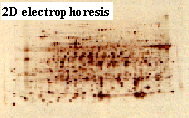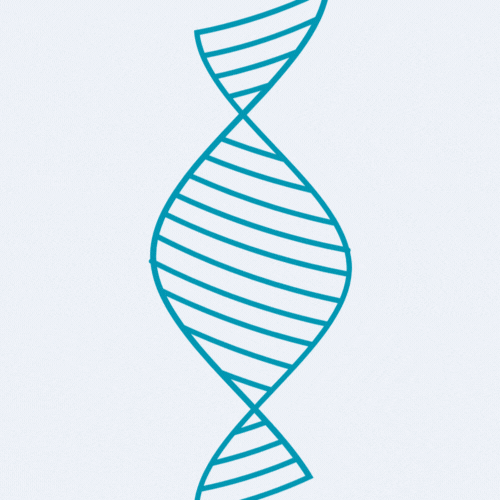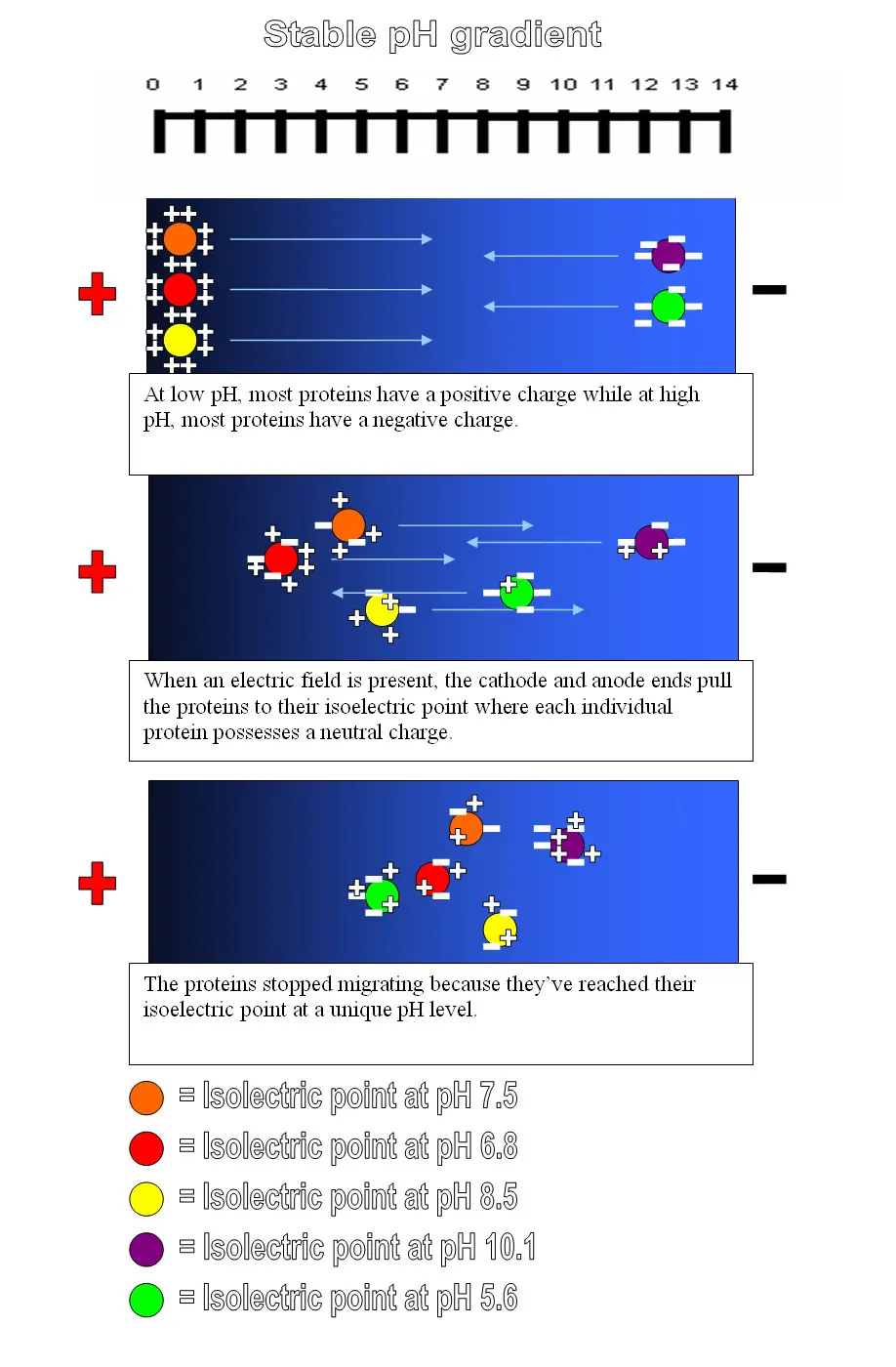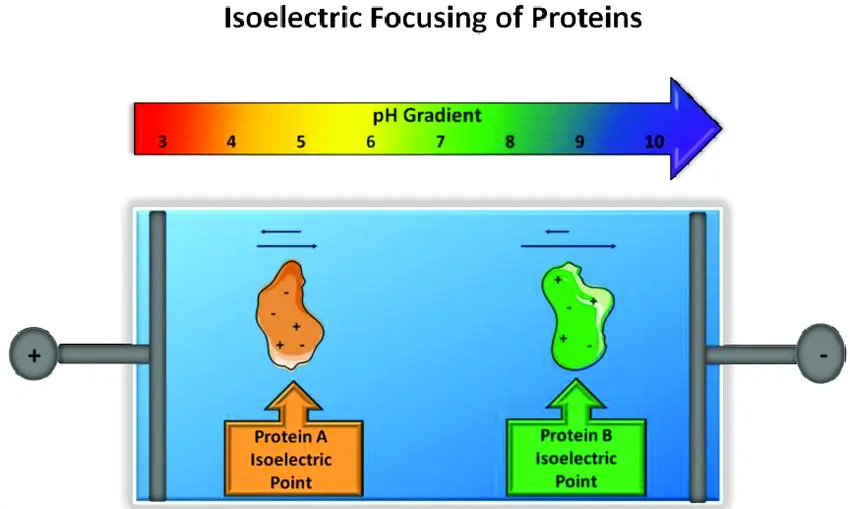WELCOME TO ELECTROPHORESIS

The Electrophoresis Society is a unique organisation founded to improve and promote technologies necessary for biomolecular separation and detection. The techniques of electrophoresis are numerous and include isoelectric focusing, 2-D PAGE, capillary, free flow, as well as classical gel systems. Electrophoresis technologies play a central role in many scientific investigations that cover a broad range of disciplines (medical, pharmaceutical, clinical, etc.) from cancer research to molecular biology. Thus, promoting excellence in these technologies and their use will improve the overall quality of resultant data in these areas of endeavour.

The Electrophoresis Society is:
- Dedicated to the development and refinement of electrophoretic and detection technologies
- Formed to promote excellence through good science and high quality techniques
- Committed to facilitating collaboration and communication among members and with other societies worldwide
- Focused on supporting the training and education of scientists and students
- Encouraging peer to peer learning and knowledge sharing
Isoelectric focusing (IEF)
Isoelectric focusing (IEF) is the high resolution electrophoretic separation, in a pH gradient of charged amphoteric molecules, notably proteins. With its developments and derived techniques (2D-electrophoresis, Capillary IEF...) IEF has gained increasing importance, as a tool in many, biomedical and agrofood research and industrial fields. There is therefore a high demand for thorough theorical and practical understanding of the basics of IEF, not only for students’education, but also, for scientists, clinicians, engineers and technicians.



Applications of Isoelectric Focusing (IEF) Across Sectors
Isoelectric focusing (IEF) is a core technique used in clinical diagnostics, biotechnology, proteomics, and even agrofood quality control. Its ability to precisely separate proteins by their isoelectric point (pI) makes it essential in both research and regulatory settings.
Clinical Applications
IEF is routinely employed by hospital reference centers for the diagnosis of sicklecell anemia the most prevalent genetic disease in regions with endemic malaria. In African populations, sickle cell prevalence approaches 1%, and in urbanized areas of Europe and the Americas with significant Black communities, the incidence is approximately 1 in 500 births.
Additionally, IEF is used to analyze glycosylated hemoglobin (HbA1c), a stable and reliable marker for long term blood glucose levels. This makes IEF a vital tool in the clinical monitoring of diabetic patients.
In clinical genetics, IEF is also applied to phenotype blood proteins such as phosphoglucomutase-1 (PGM1) and transferrin, assisting in the diagnosis of genetic variants and metabolic disorders.
Biopharma and Biotechnology
The biotechnology and pharmaceutical industries rely heavily on IEF for protein fingerprinting, especially for monoclonal antibodies and recombinant proteins. This is crucial for:
- Regulatory registration in protein databases
- Release assays of diagnostic kits
- Characterization of glycoforms of therapeutic proteins
Advances in automation have led to the validation of capillary IEF (cIEF) as a quantitative and highly reproducible method in drug development and quality control workflows.
Agrofood Industry
IEF is one of the FDA recommended assays for protein quality control in food production. It plays a vital role in:
- Detecting food fraud in meat, fish, cheese, flour, and other products fresh, frozen, or canned
- Verifying plant and cereal varieties in agriculture, as required by food laws in many countries
Proteomics and Research
In proteome research, IEF is a key step in two dimensional gel electrophoresis (2D-PAGE) the gold standard for high resolution protein separation. When combined with mass spectrometry and advanced bioinformatics tools, IEF supports:
- Protein identification and mapping
- Taxonomic and molecular imaging studies
- Functional proteomics
- Clinical biomarker discovery
The Electrophoresis Society is a registered charity and aims to advance the science of electrophoresis, to further public education therein, and to promote study and research work for the public benefit.


